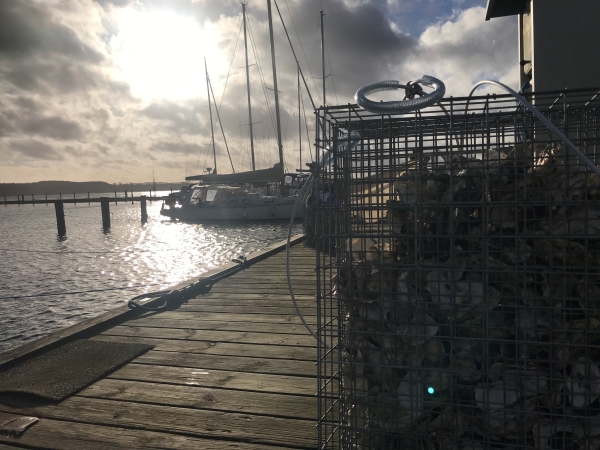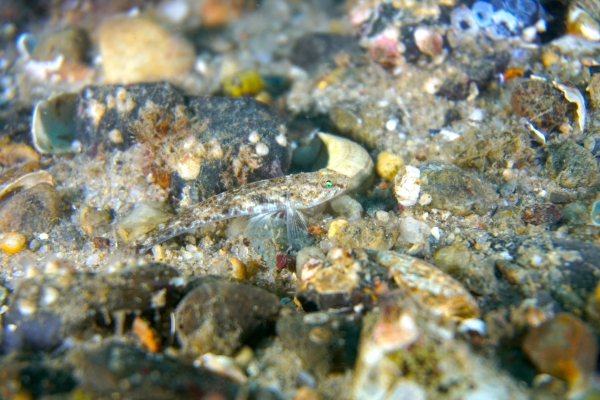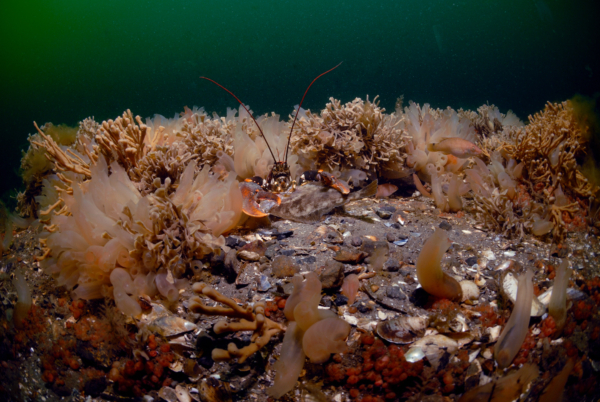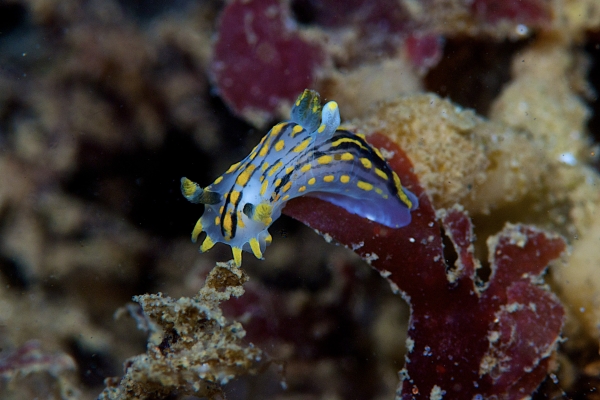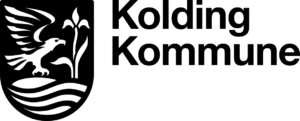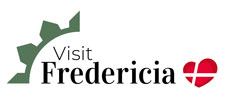Naturpark Lillebælt’s Project for the Aquatic Environment
Belt in Balance
Through “Belt in Balance”, Naturpark Lillebælt will communicate, research, and improve the sea and coastal environment near the Little Belt for the enjoyment of citizens, visitors, and many volunteers, ad with support from two foundations.
Overall budget: 35.3 million DKK
Backing from foundations: 17.1 million DKK
Timeframe: April 2020 – April 2025
What is our Purpose With the Project?
- We want provide and tell people about new, exciting nature experiences along Denmark’s sea and coast, so people get a deeper understanding of the marine and coastal areas, as well as a fascination, enjoyment, and interest in once again visiting the sea and coast.
- To create specific improvements to the aquatic environment – the core of Naturpark Lillebælt. We create new stone reefs, biohuts (fish kindergartens), fishing for crabs, voluntary preservations, and minor noise in the sea. These initiatives shall provide better living conditions for cod, sea trout, and porpoises, and fewer crabs. Budget: 6.5 million DKK. Of these, 3.42 million DKK go towards 8,555 m3 rocks and 0.25 million DKK go towards biohuts.
- Provide knowledge about the Little Belt through research into the improvements for porpoises, cod, fry, and sea trout. Budget: 5.6 million DKK. Of these 3.38 DKK go towards DTU Aqua and AU.
- Communicate knowledge and research to citizens, visitors, and associations. We will improve the facilities and the mediation out by Naturpark Lillebælt’s coast, so especially schools and young people receive better opportunities to experience the sea, learn, and understand what happens beneath the surface. Budget 23.2 million DKK. Of these 9.6 million DKK go towards facilities and mediation.
The Partners in Belt in Balance
- Bælternes Fiskeriforening. Contact: chairman Allan Buch.
- Leisure fishermen and sports fishermen in the Little Belt. Contact: Ib Jensen and/or Torben Lindholst.
- Aarhus University, Department of Ecoscience. Leading in research of porpoise behaviour, bio acoustics, feeding basis, and migration. Contact: senior researcher Jonas Teilmann. See AU’s website about Belt in Balance See Aarhus University’s website about Belt in Balance
- DTU Aqua, leading in surveillance of Danish fishing and fishing populations. Contact: research assistant Marie Fausing and/or senior researcher Jon Svendsen.
- SDU, studies the effects of promotion on young people.
- VisitMiddelfart, VisitFredericia, VisitKolding, Middelfart Museum, the Museums of Fredericia, Museum Kolding.
- Partners in Naturpark Lillebælt
- Volunteer citizens and associations, for example diving clubs and kayaking clubs.
- The nature park counsel in Naturpark Lillebælt consisting of different representatives for associations and businesses.
Read about partners of Belt in Balance
The Project is backed by the following foundations:
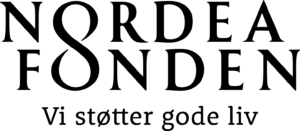
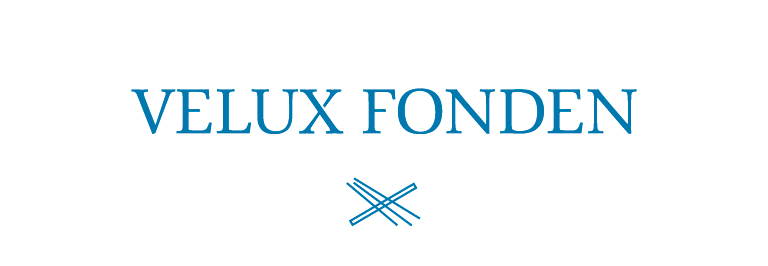
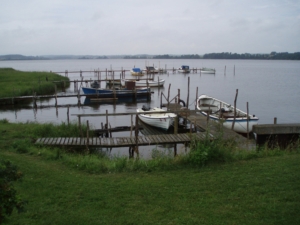
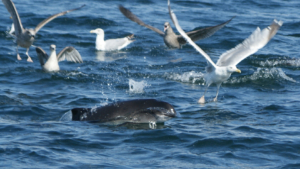
What can you do?
You are very welcome to participate in this project. For example by:
- Loaning boats to researchers, when they are researching cod/porpoise reefs, smolt reefs, and reservations.
- Catching cod and sea trout at specific times, so they may be marked and monitored.
- Adopt a fish kindergarten. Help take care of and track the development in the fish kindergartens, so we can see if more fish gather around it.
- Input to new installations along the coasts, which focus on the mediation of sea and coast.
- Your stories about the Little Belt Sea and coast, as a communicator or guide for schools or visitors.


